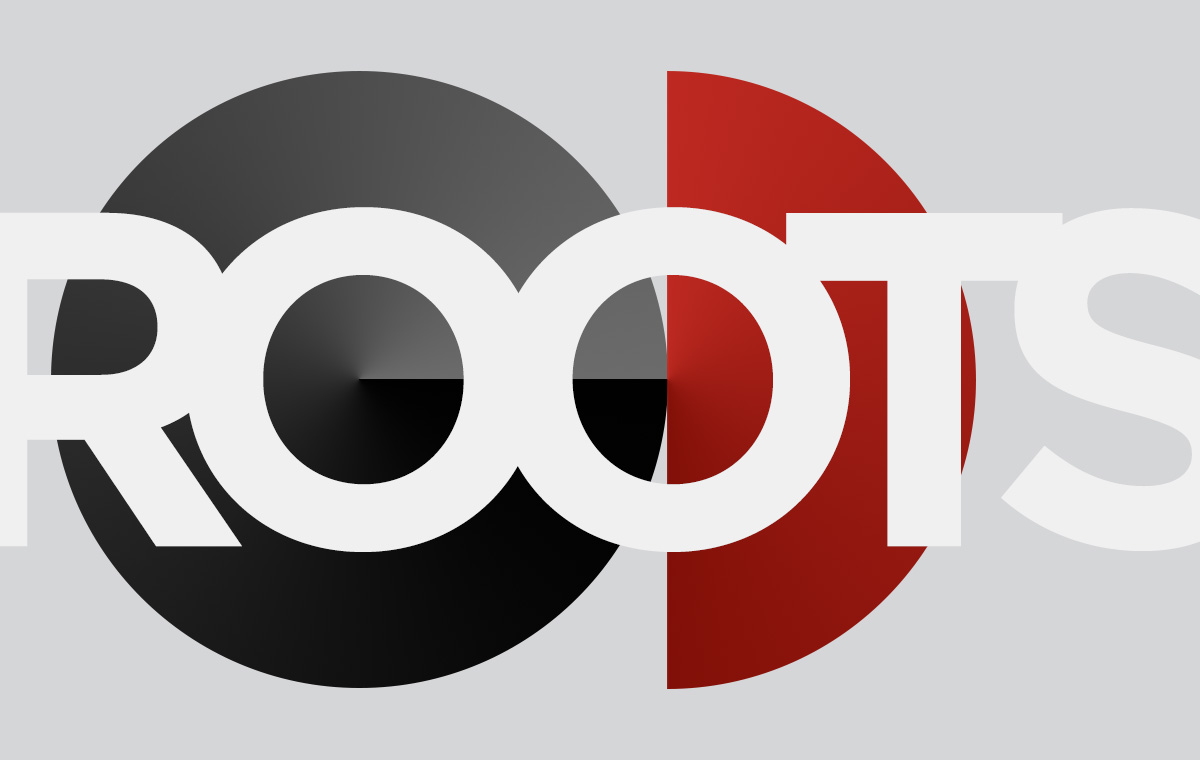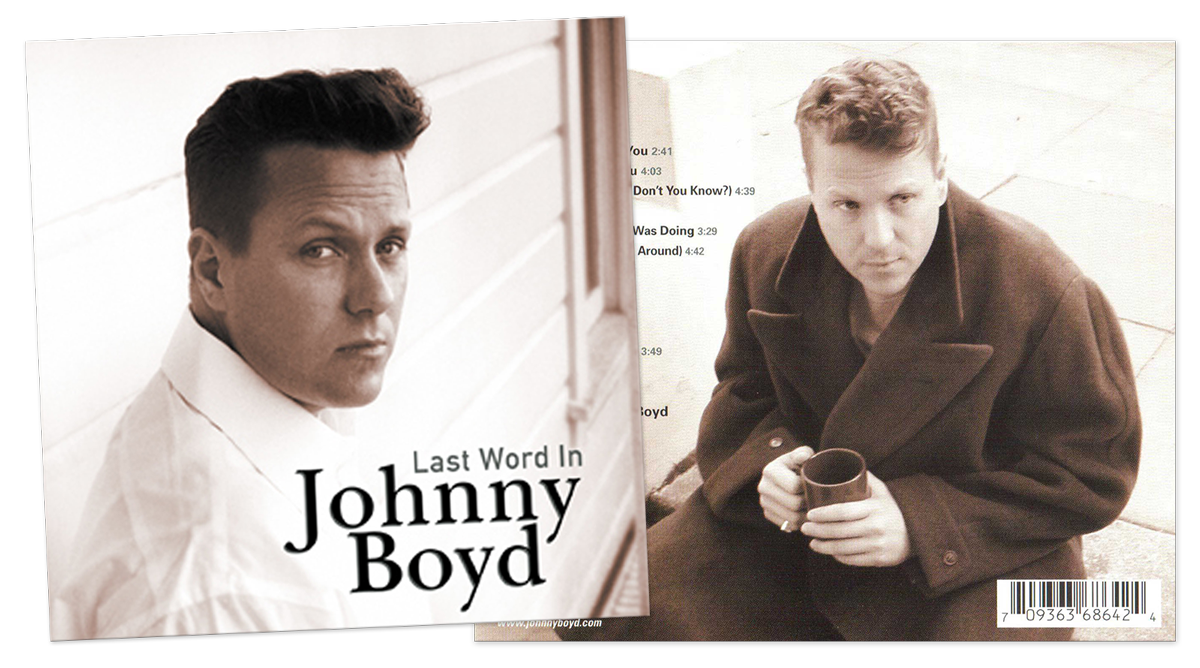Graphic Design Roots

Over recent months, I’ve been referred to as a graphic designer on multiple occasions, a title that feels both familiar and strange at the same time. Although I’ve never officially used this label in my professional career, it’s not to say I don’t dabble in the discipline from time to time. I understand why some people choose it though—‘digital product designer’ often requires explanation, while ‘graphic designer’ is more universally recognised.
The essence of design is making the complex simple. This is something I always keep in mind when designing digital products, but it’s just as critical when creating an identity system, brochure, or subway map. Graphic design, however, offers more room for artistic expression. Projects like posters often rely heavily on visuals driven by emotion. This might be why I find it difficult to turn down traditional graphic design work—it allows me to flex different creative muscles.




Posters I designed for a lecture series at Duke University
As a kid, I spent hours poring over the album covers in my small music collection. With their detailed liner notes and photos, these covers provided small windows into the lives of my favourite artists. By the time I entered art school, the cartoony world of Kiss and Iron Maiden covers had been replaced by the abstract art of Nine Inch Nails and Massive Attack, but my fascination with that blend of art and design never waned.
As a result, when I started working as a designer, designing an album cover was always high on my wish list. My old university roommate and close friend was the perfect client when he asked me to design something simple for his rock band, Undertow. I had complete creative freedom, and the musical genre was right up my alley. Of course, those are usually the terms when you’re not getting paid.

Album cover designed for my friend’s band
My first studio job primarily focused on web design, so I was thrilled when my boss announced that she had secured a CD cover project for me. In hindsight, I probably wouldn’t have been so eager had I known the client’s art direction. He was a rockabilly crooner who wanted his face prominent everywhere, and none of my minimalist designs—featuring white space and clean typography—hit the mark. The final design was a compromise, and one of the few projects I’ve done where I didn’t keep the original design files.

Not quite Trent Reznor
However, it was a valuable experience for a young designer, teaching me a crucial lesson: you can’t impose your design aesthetic where it doesn’t belong.
These days, I try to teach younger designers that there’s no such thing as a bad project or client. Every project has the potential to be great in its own way. The key lies in fully understanding your client’s needs, addressing the audience’s desires, and effectively selling your solution.
Product design often makes this process easier, as it relies more on objective data points, whereas graphic design tends to be more subjective. Still, the challenge of balancing artistic vision with client expectations is always a rewarding one.
